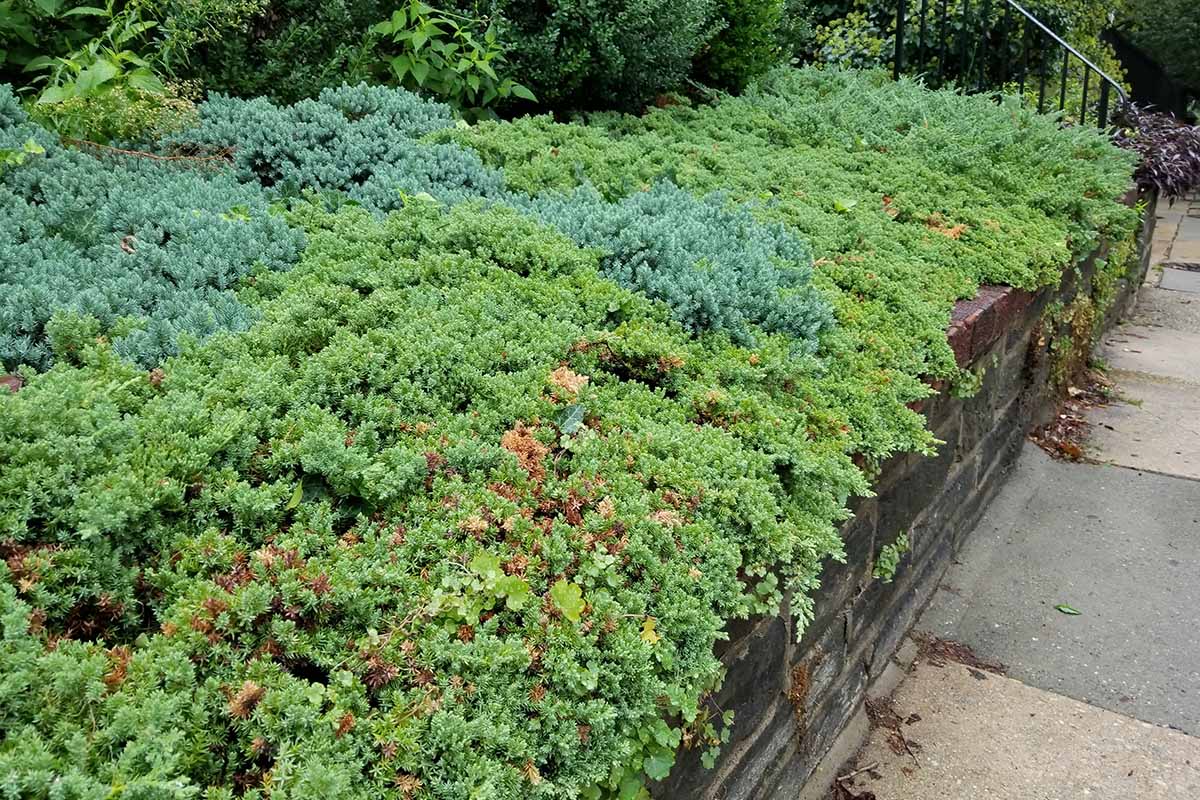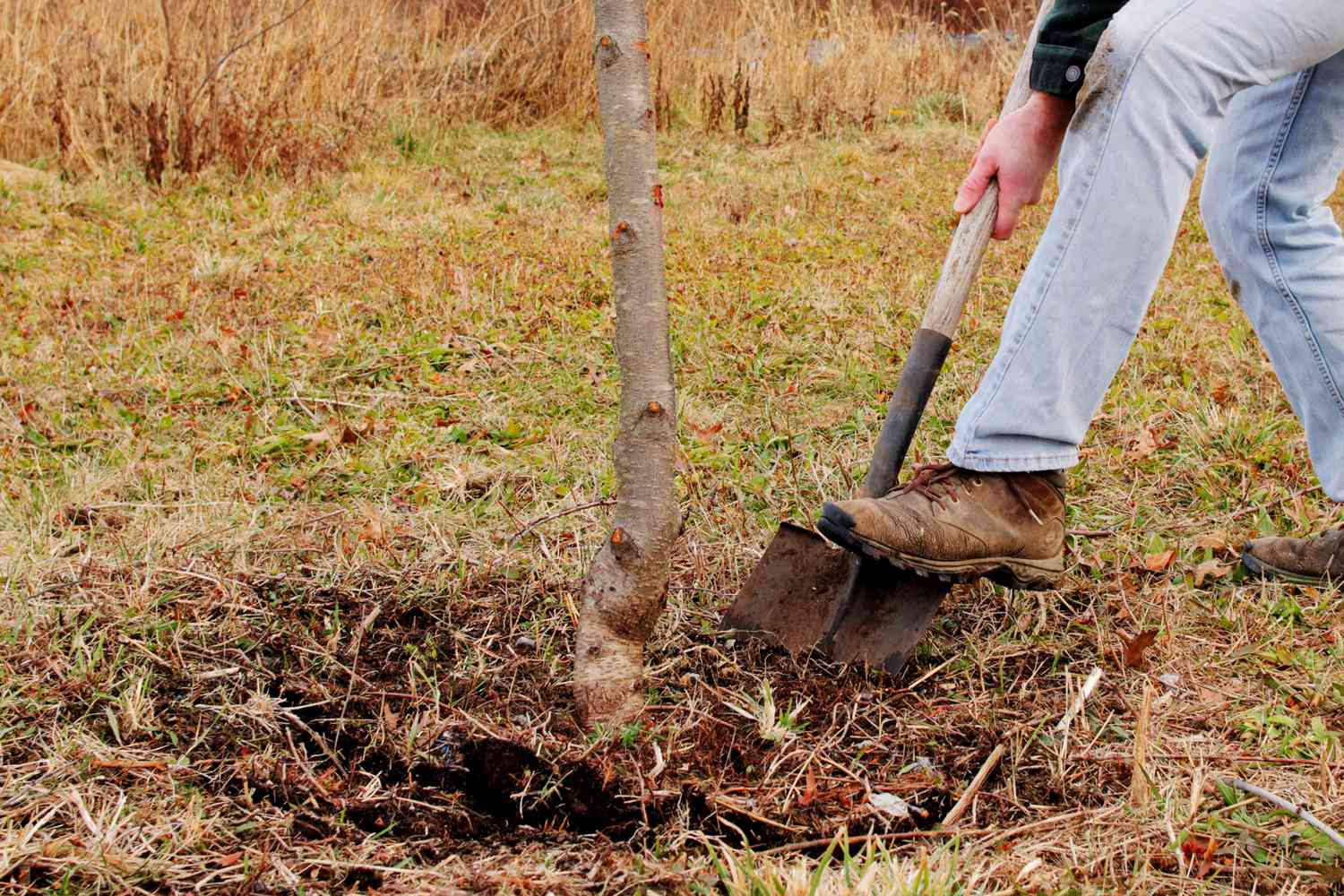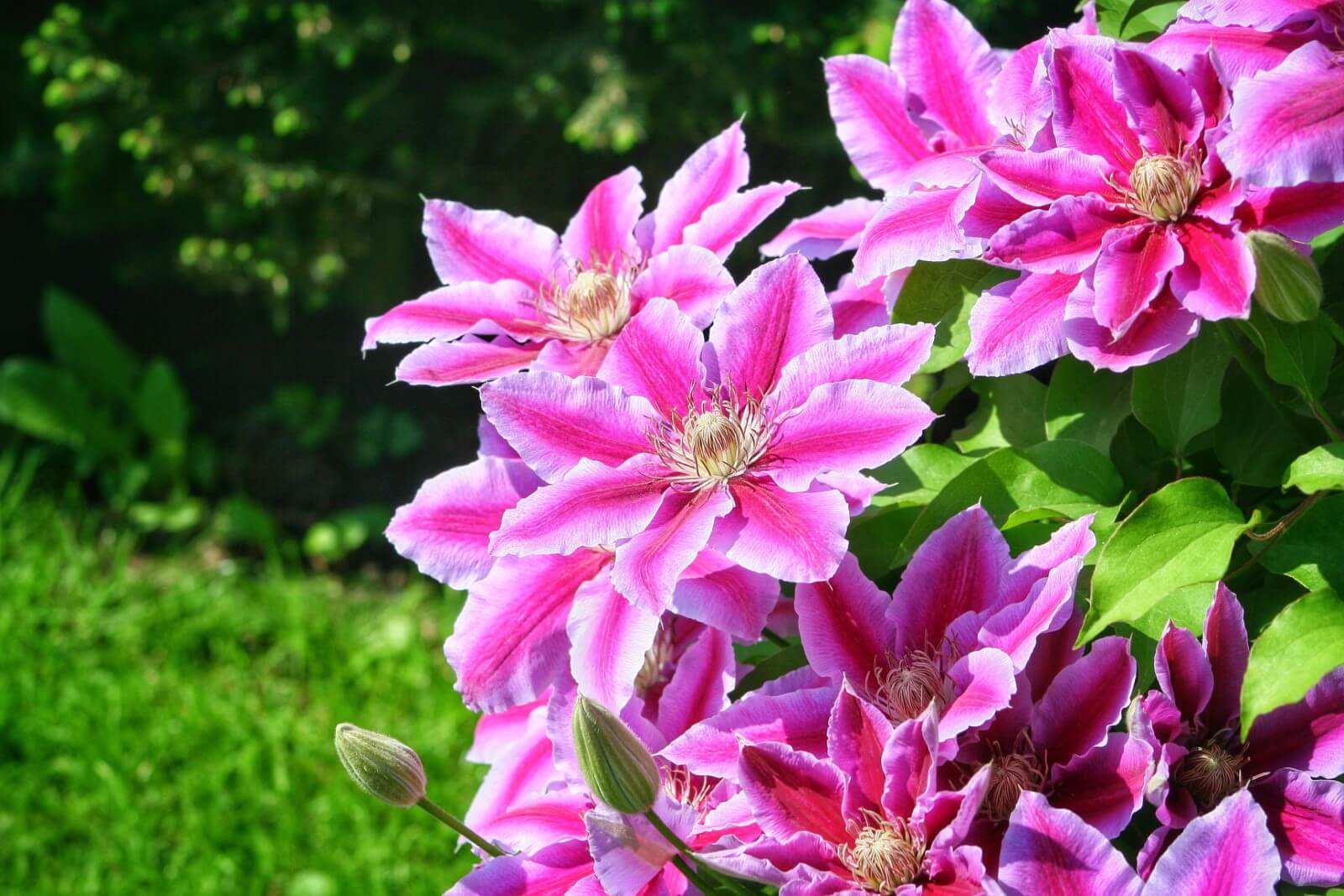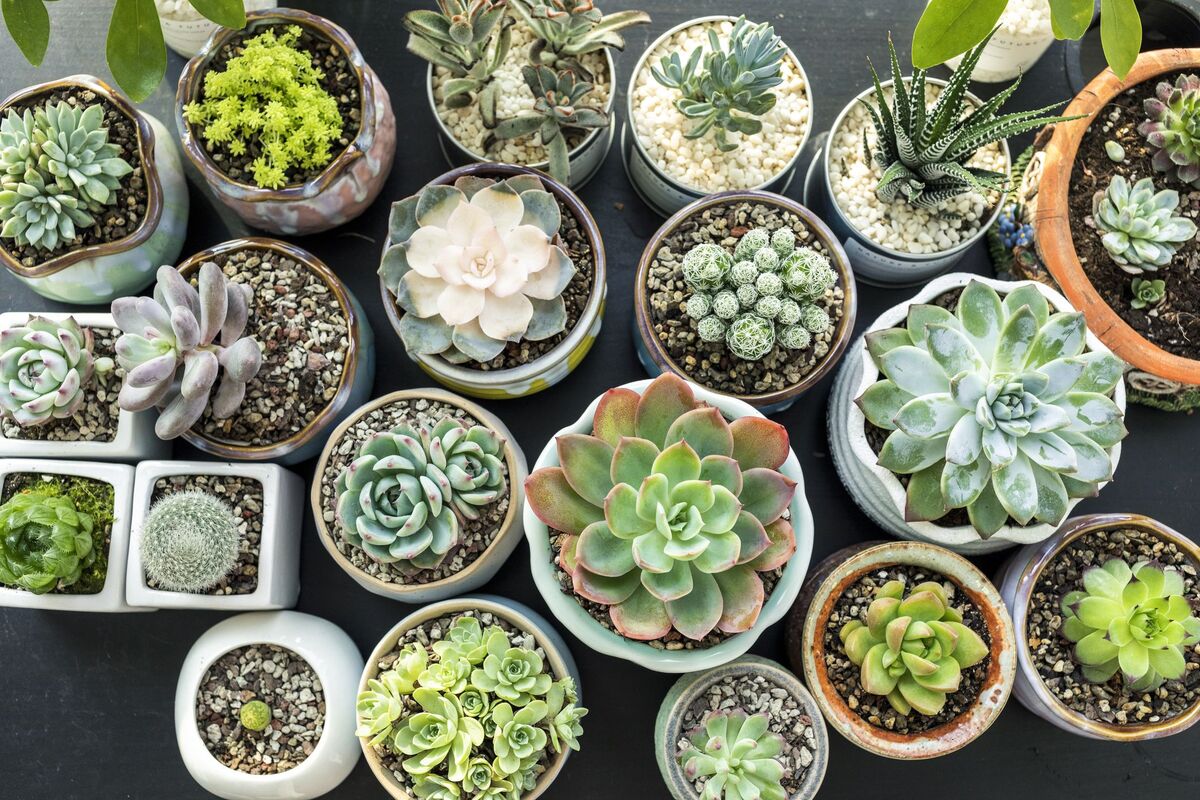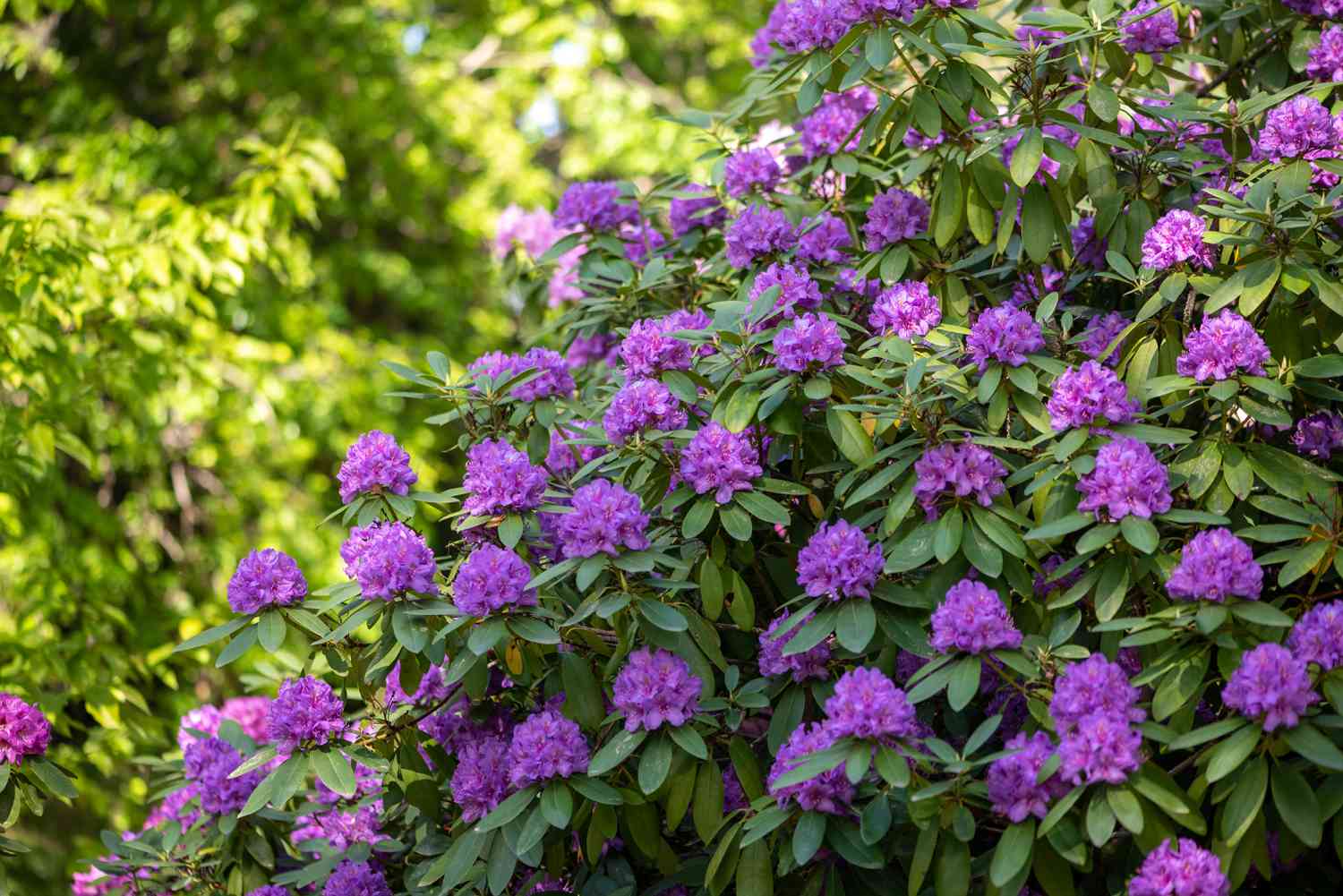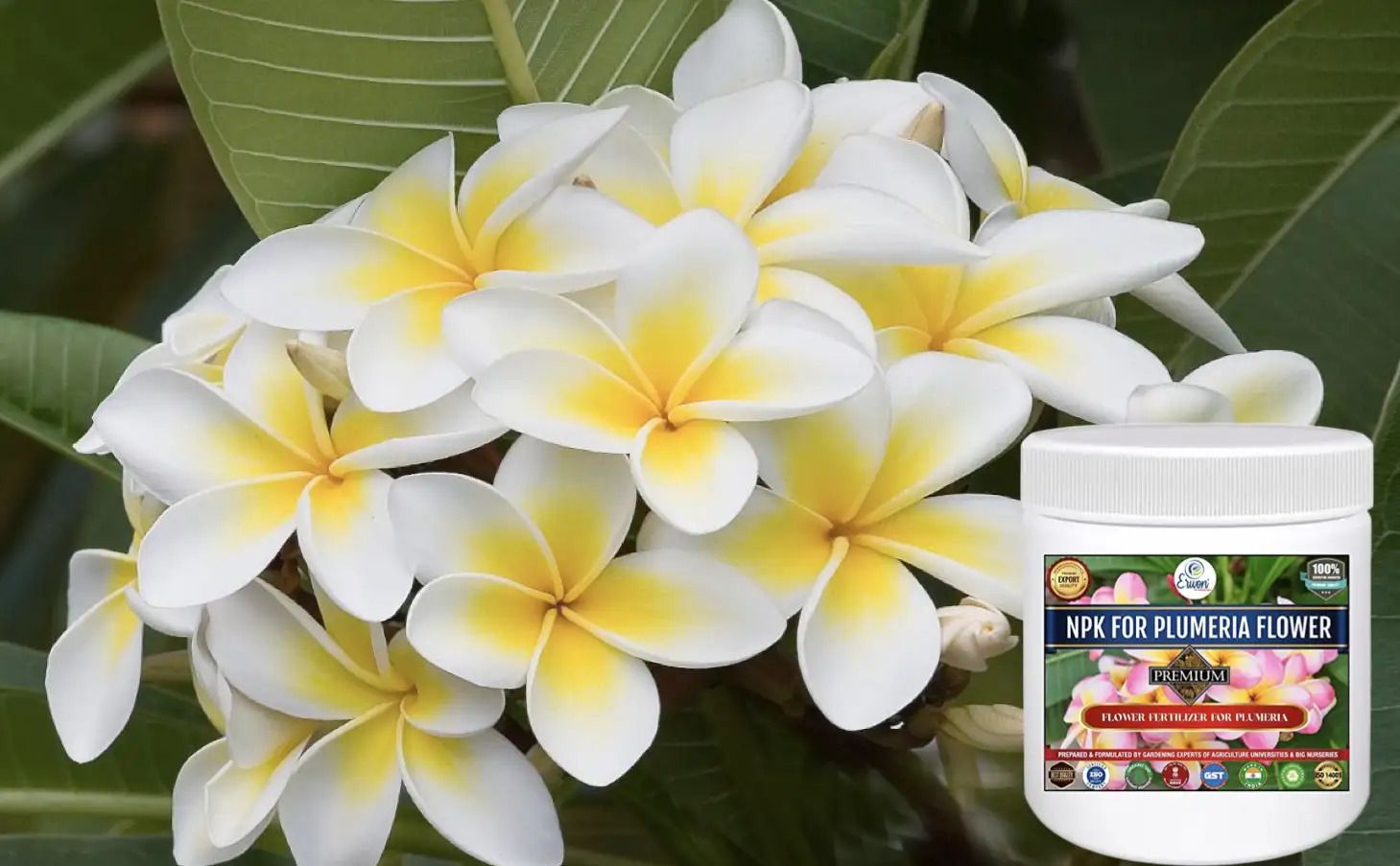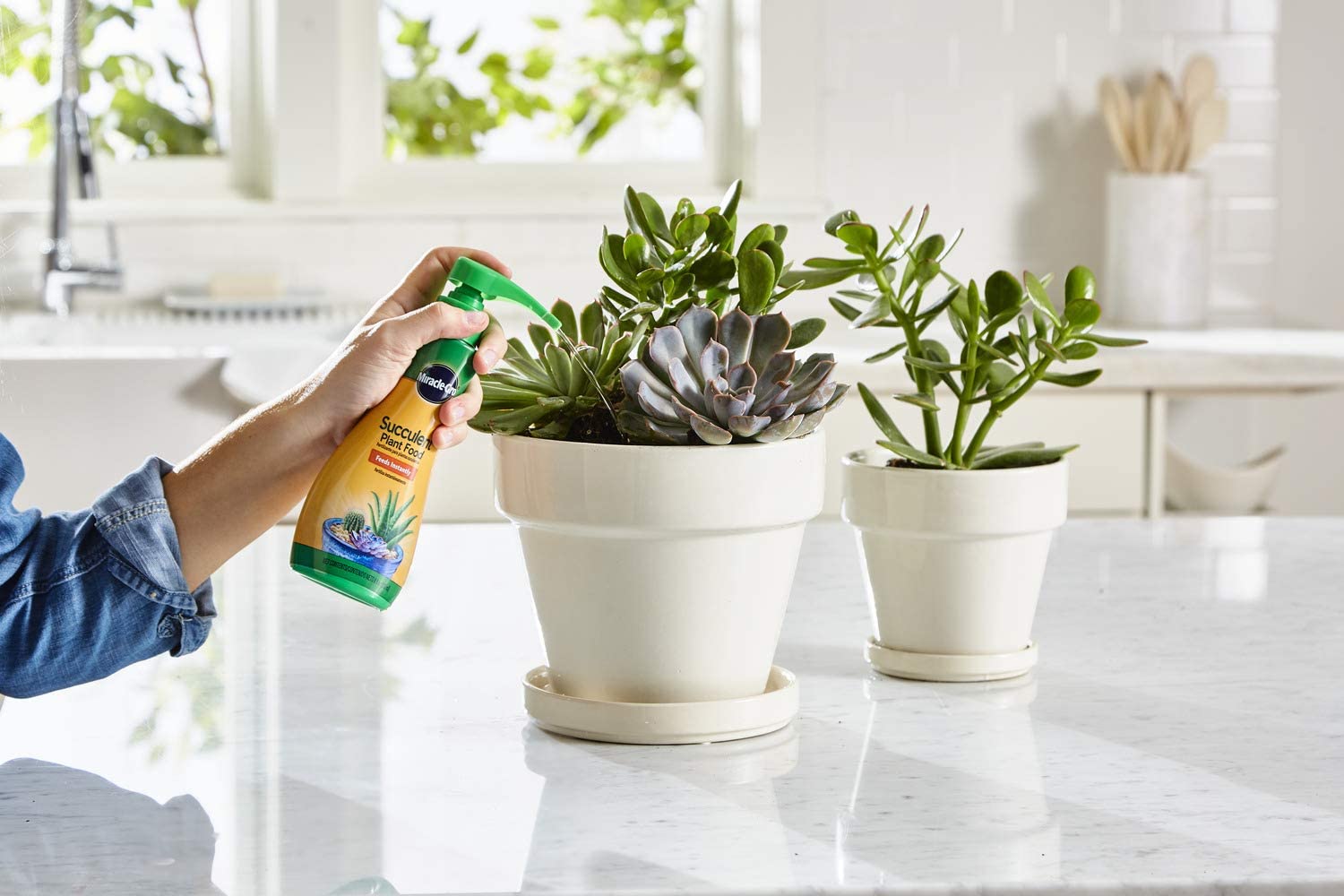Home>Gardening Techniques>Plant Care>What Kind Of Evergreen Shrubs Stay Small
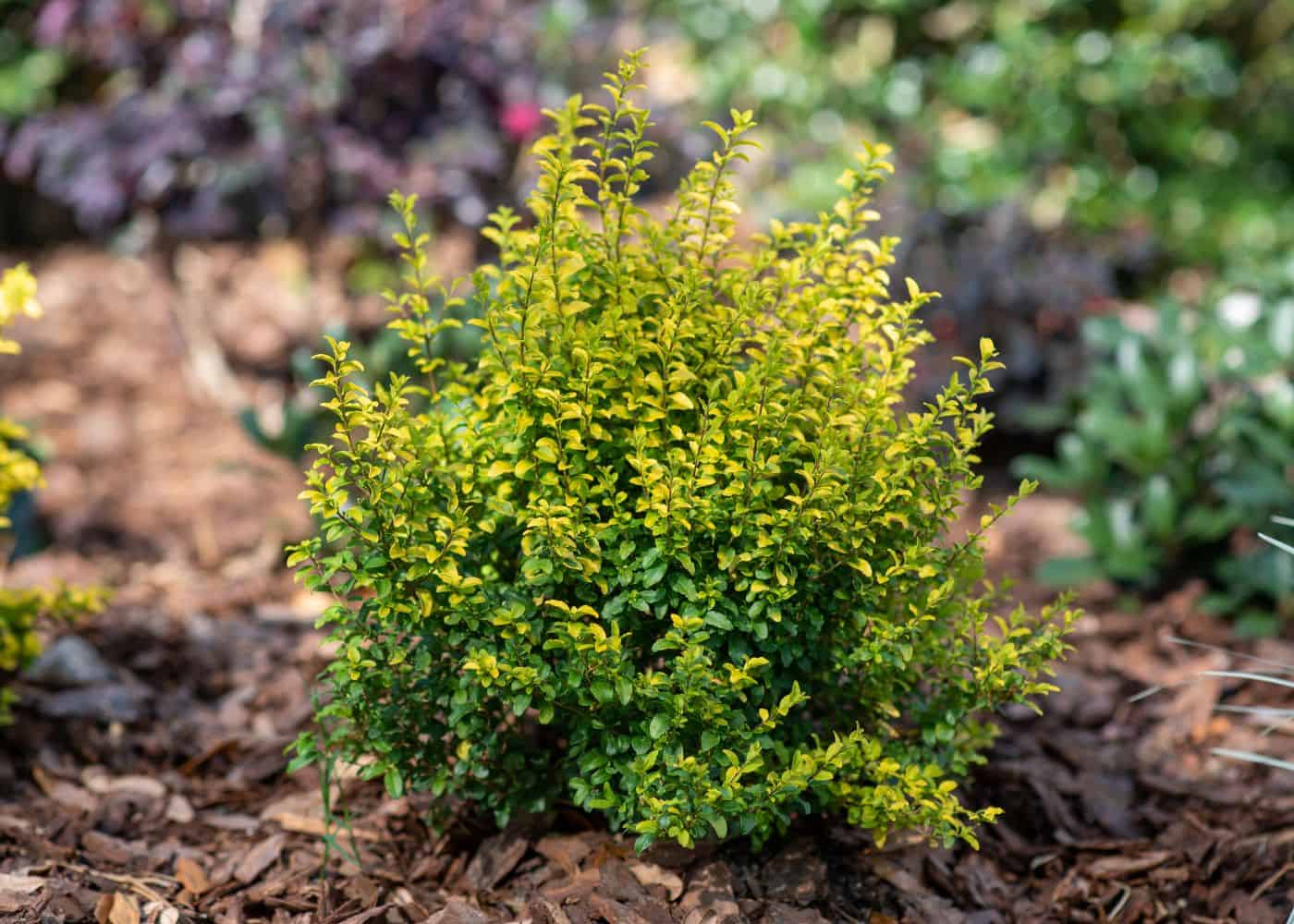

Plant Care
What Kind Of Evergreen Shrubs Stay Small
Modified: January 22, 2024
Looking for tips on plant care? Discover what kind of evergreen shrubs stay small and learn how to care for them.
(Many of the links in this article redirect to a specific reviewed product. Your purchase of these products through affiliate links helps to generate commission for Chicagolandgardening.com, at no extra cost. Learn more)
Table of Contents
Introduction
Welcome to the world of small evergreen shrubs! These charming plants not only add beauty and structure to your garden, but they also offer a wide range of benefits. Whether you have limited space or simply prefer a more compact garden, small evergreen shrubs are the perfect choice. With their low-maintenance nature and year-round greenery, they can be a delightful addition to any landscape.
Small evergreen shrubs are defined by their compact size, typically reaching a height of no more than 3 to 6 feet. They provide an excellent alternative to larger shrubs, which may overpower smaller gardens or require more pruning to maintain their size. These compact plants are versatile, serving as focal points or acting as a backdrop for other plants in your garden.
One of the key advantages of small evergreen shrubs is their ability to maintain their foliage throughout the year. Unlike deciduous shrubs that shed their leaves in the fall, evergreen shrubs retain their leaves, offering a constant source of greenery. This not only adds visual appeal but also provides much-needed texture and structure to your garden, even during the colder months.
In addition to their aesthetic benefits, small evergreen shrubs offer a myriad of functional advantages. They can provide privacy, act as windbreaks, and serve as barriers to noise. With their dense foliage, they create a natural and beautiful screen, ensuring that you can enjoy your outdoor space in peace and privacy. Furthermore, evergreen shrubs are often drought-tolerant and low-maintenance, making them an ideal choice for busy gardeners or those living in regions with minimal rainfall.
Whether you have a small urban garden, a cozy backyard, or even a balcony, small evergreen shrubs can transform your outdoor space into a lush and inviting oasis. In the following sections, we will discuss the factors to consider when choosing small evergreen shrubs, highlight some top choices for your garden, provide care and maintenance tips, and explore common mistakes to avoid when growing these delightful plants.
Benefits of Small Evergreen Shrubs
Small evergreen shrubs offer a multitude of benefits that make them a popular choice for gardeners. From their aesthetic appeal to their functional advantages, these plants can enhance your outdoor space in various ways. Let’s explore some of the key benefits of incorporating small evergreen shrubs into your garden:
- Year-round Greenery: Unlike deciduous shrubs that lose their leaves in the fall, evergreen shrubs maintain their foliage throughout the year. This means that even in the winter months, your garden will remain vibrant and lush, providing a beautiful backdrop for your outdoor activities.
- Privacy and Screening: Small evergreen shrubs are excellent for creating privacy and screening in your garden. With their dense foliage and compact size, they can be strategically placed to block unsightly views, create separation between different areas of your landscape, or shield your outdoor space from prying eyes.
- Windbreaks and Noise Reduction: The dense foliage of small evergreen shrubs serves as a natural windbreak, helping to reduce the impact of strong gusts and protecting more delicate plants in your garden. Additionally, their thick foliage can act as a barrier, reducing noise pollution and creating a peaceful environment.
- Low Maintenance: Small evergreen shrubs are known for their low-maintenance nature. Once established, they require minimal pruning and generally have fewer pest and disease issues compared to larger shrubs. This makes them an ideal choice for those with a busy lifestyle or limited time for gardening.
- Year-round Habitat for Wildlife: Evergreen shrubs provide a reliable source of shelter and food for birds and other wildlife. Their foliage and branches offer protection from predators and harsh weather conditions, while their berries and seeds attract a variety of bird species. By incorporating small evergreen shrubs into your garden, you can create a welcoming habitat for local wildlife.
Overall, small evergreen shrubs bring both practical benefits and aesthetic appeal to your garden. They offer year-round greenery, privacy, windbreaks, and low-maintenance qualities, while also attracting and supporting wildlife. By carefully selecting and incorporating small evergreen shrubs into your outdoor space, you can create a harmonious and beautiful garden that you can enjoy throughout the year.
Factors to Consider when Choosing Small Evergreen Shrubs
When selecting small evergreen shrubs for your garden, there are several important factors to consider. By carefully assessing these factors, you can choose the right shrubs that will thrive in your specific environment and meet your desired aesthetic and functional needs. Here are some key factors to keep in mind:
- Climate: Different shrubs have specific climate preferences, so it’s crucial to choose ones that are suitable for your region. Consider the average temperatures, humidity levels, and sun exposure in your area. Some evergreen shrubs thrive in cooler climates, while others are better suited for warmer regions. Determine the hardiness zone of your location and select shrubs that are recommended for that zone.
- Growth Habit: Small evergreen shrubs come in various growth habits, including upright, spreading, mounding, or cascading. Consider the available space in your garden and the desired visual effect. Upright varieties work well as focal points or hedges, while spreading types are ideal for ground covers. Mounding shrubs add texture and interest, while cascading varieties can be planted in hanging baskets or allowed to trail over walls or containers.
- Soil and Drainage: Evaluate the soil type and drainage in your garden. Some evergreen shrubs prefer acidic soil, while others thrive in alkaline or well-draining soil. Understanding your soil conditions will help you select shrubs that are better adapted to your garden’s environment and reduce the need for extensive soil amendments.
- Sun Exposure: Assess the amount of sunlight your garden receives throughout the day. Some evergreen shrubs require full sun for optimal growth and flowering, while others prefer partial shade or even full shade. Choosing shrubs that are compatible with your garden’s sun exposure will ensure they thrive and perform to their fullest potential.
- Watering Requirements: Consider the water needs of the shrubs you are considering. Some evergreen shrubs are drought-tolerant and require minimal watering once established, while others prefer consistent moisture. Take into account your garden’s natural rainfall patterns and your ability to provide supplemental irrigation to ensure the shrubs you choose align with your watering capabilities.
By considering these factors, you can narrow down your options and select small evergreen shrubs that are well-suited to your specific garden and environmental conditions. Doing so will increase the likelihood of success and ensure that your shrubs thrive and contribute to the overall beauty and functionality of your outdoor space.
Top 5 Small Evergreen Shrubs for Your Garden
When it comes to choosing small evergreen shrubs for your garden, there are numerous options available. To help you make an informed decision, here are our top 5 recommendations:
- Boxwood (Buxus): Boxwood is a classic choice for small evergreen shrubs. With its dense foliage and compact growth habit, Boxwood is perfect for creating formal hedges, borders, or even topiaries. It tolerates pruning well and is adaptable to both sun and shade.
- Dwarf Japanese Cedar (Cryptomeria japonica ‘Globosa Nana’): This small evergreen shrub has a neat, mounding growth habit, making it an excellent choice for adding texture and interest to your garden. It features soft, feathery foliage that changes color throughout the year, from vibrant green in spring and summer to bronze or reddish tones in winter.
- Dwarf Hinoki Cypress (Chamaecyparis obtusa ‘Nana Gracilis’): With its graceful, cascading branches and aromatic foliage, Dwarf Hinoki Cypress is a stunning addition to any garden. It forms a compact, rounded shape and is ideal for rock gardens, borders, or as a foundation plant. It thrives in full sun to part shade and is relatively low maintenance.
- Compact Wintergreen Boxwood (Buxus microphylla ‘Wintergreen’): This evergreen shrub is known for its glossy, dark green foliage that retains its color even in winter. It has a dense growth habit and requires minimal pruning to maintain its neat shape. It works well as a low hedge, border, or container plant.
- Compact Inkberry Holly (Ilex glabra ‘Compacta’): Inkberry Holly is a versatile evergreen shrub with compact growth and thick, lustrous foliage. It produces black berries in the fall that are attractive to birds. It is highly tolerant of wet or boggy soil and is a great choice for mass plantings, foundation plantings, or as a natural hedge.
These are just a few examples of the many small evergreen shrubs available. Consider your garden’s specific needs, such as sun exposure, soil type, and desired form, when choosing the shrubs that will best suit your garden. By incorporating these small evergreen shrubs, you can add structure, texture, and year-round beauty to your outdoor space.
Care and Maintenance Tips for Small Evergreen Shrubs
While small evergreen shrubs are generally low-maintenance, they still require some care to ensure their health and vitality. By following these care and maintenance tips, you can help your small evergreen shrubs thrive in your garden:
- Watering: Water your small evergreen shrubs regularly, especially during dry spells or periods of drought. Ensure that the soil around the shrubs remains moist but not waterlogged. Avoid overwatering, as it can lead to root rot.
- Fertilizing: Apply a balanced slow-release fertilizer in early spring to provide essential nutrients for your evergreen shrubs. Follow the manufacturer’s instructions for application rates, or consult a gardening professional for specific recommendations based on your shrub species.
- Pruning: Prune your small evergreen shrubs as needed to maintain their shape and size. Remove any dead, damaged, or diseased branches to promote healthy growth. Be mindful of the pruning requirements of each shrub variety, as some may require more extensive pruning than others.
- Mulching: Apply a layer of organic mulch around the base of your shrubs to help conserve moisture, suppress weed growth, and regulate soil temperature. Avoid piling the mulch directly against the trunk of the shrub to prevent moisture-related issues.
- Pest and Disease Control: Keep an eye out for common pests and diseases that may affect your small evergreen shrubs, such as aphids, spider mites, or fungal infections. Regularly inspect the leaves and stems, and take appropriate preventive measures or seek treatment if necessary.
- Winter Protection: Some small evergreen shrubs may require additional protection during harsh winter conditions. Consider wrapping sensitive shrubs with burlap or providing windbreaks to shield them from cold winds and prevent desiccation.
Additionally, it’s important to regularly monitor your small evergreen shrubs for any signs of stress, such as yellowing leaves, wilting, or stunted growth. Address any issues promptly to prevent further damage and ensure the longevity of your shrubs.
Always consult specific care guidelines for the particular small evergreen shrubs you have in your garden, as different species may have slightly different requirements. By providing the proper care and maintenance, you will help your small evergreen shrubs flourish and continue to bring beauty and vitality to your outdoor space for years to come.
Common Mistakes to Avoid when Growing Small Evergreen Shrubs
While small evergreen shrubs are generally easy to grow and maintain, there are some common mistakes that gardeners often make. By being aware of these pitfalls and avoiding them, you can ensure the health and prosperity of your small evergreen shrubs. Here are some common mistakes to steer clear of:
- Improper Plant Selection: One of the biggest mistakes is choosing shrubs that are not well-suited to your climate or garden conditions. It’s crucial to research and select small evergreen shrubs that align with the specific needs of your region, such as temperature range, sun exposure, and soil type. This will help prevent unnecessary stress and poor growth.
- Overwatering: Overwatering is a common mistake that can lead to root rot, fungal diseases, and overall poor health for your small evergreen shrubs. While consistent watering is important, it’s equally important to allow the soil to dry out slightly between waterings to prevent waterlogged conditions.
- Ignoring Pruning Needs: Each small evergreen shrub has its own pruning requirements. Neglecting to prune regularly can result in an overgrown, unkempt appearance or hinder airflow and sunlight penetration. Be sure to understand the specific pruning needs of your shrubs and follow proper pruning techniques to maintain their shape and health.
- Skipping Soil Prep: Proper soil preparation is essential for the successful growth of small evergreen shrubs. Avoid the mistake of neglecting to amend the soil before planting. Ensure the soil is well-draining and has proper organic matter content to provide a healthy foundation for your shrubs.
- Ignoring Pest and Disease Control: Small evergreen shrubs are not immune to pests and diseases. Ignoring or neglecting regular monitoring and preventive measures can lead to infestations and the spread of diseases, which can be detrimental to the health and appearance of your shrubs. Stay vigilant and address any issues promptly.
By being mindful of these common mistakes, you can avoid unnecessary setbacks and ensure the successful growth and longevity of your small evergreen shrubs. Remember to always research the specific care requirements of each shrub variety and provide them with the proper conditions to thrive.
Conclusion
Small evergreen shrubs are an excellent addition to any garden, providing year-round greenery, structure, and a host of benefits. Whether you have limited space, want to create privacy, or simply desire a low-maintenance landscape, small evergreen shrubs offer a wonderful solution.
By considering factors such as climate, growth habit, soil type, sun exposure, and watering needs, you can choose the right small evergreen shrubs for your garden. Boxwood, Dwarf Japanese Cedar, Dwarf Hinoki Cypress, Compact Wintergreen Boxwood, and Compact Inkberry Holly are just a few examples of the many options available.
To ensure the health and vitality of your small evergreen shrubs, proper care and maintenance are crucial. Remember to water them appropriately, fertilize when needed, prune as required, and address any pest or disease issues promptly. Additionally, avoid common mistakes such as improper plant selection, overwatering, neglecting pruning needs, skipping soil preparation, and ignoring pest and disease control.
By following these care guidelines and avoiding common mistakes, you can enjoy the beauty and benefits of small evergreen shrubs in your garden for years to come. These versatile plants will bring year-round greenery, privacy, and low-maintenance elegance to your outdoor space, creating a tranquil and inviting setting.
So, go ahead and explore the diverse world of small evergreen shrubs. With the right choices and proper care, you can transform your garden into a lush, vibrant, and visually captivating haven that you can enjoy throughout the seasons.
